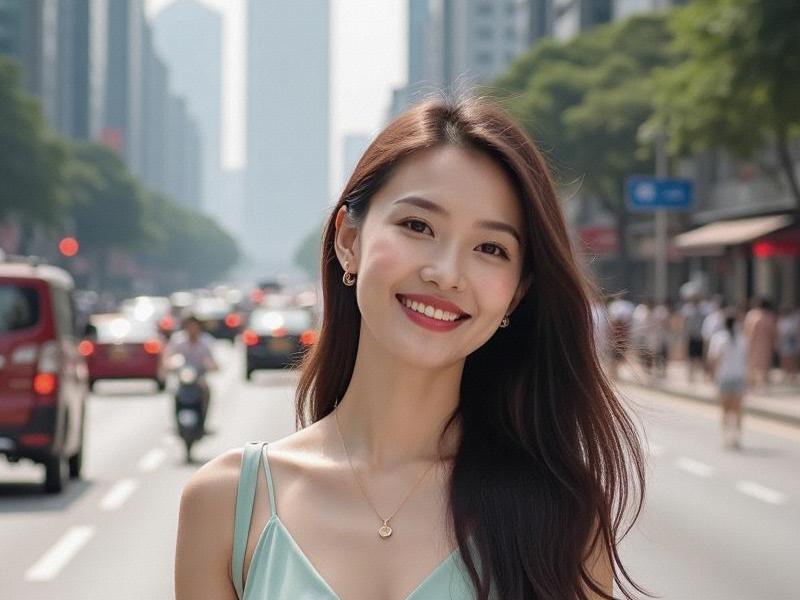
The Nanjing Road pedestrian mall serves as an open-air runway every evening, where Shanghai's women demonstrate what local media has dubbed "Hu-style beauty" - a sophisticated blend of traditional Chinese aesthetics and contemporary global fashion sensibilities. This distinctive style represents more than just personal expression; it's become a cultural signature for China's most cosmopolitan city.
The Evolution of Shanghai Beauty
Historical influences shaping today's standards:
• 1920s "Paris of the East" glamour (qipao with Western accessories)
• 1980s reform-era practicality (neutral tones, functional cuts)
• 2000s globalized experimentation (mixing luxury brands with local designers)
• 2020s "cultural confidence" movement (revival of traditional elements with modern twists)
"Shanghai women have always been China's style pioneers," notes Fudan University cultural studies professor Dr. Li Wen.
阿拉爱上海 Modern Manifestations
Key characteristics of contemporary Shanghai beauty:
• Fusion Fashion: Silk cheongsams paired with designer sneakers
• Skincare Sophistication: Ancient Chinese herbal knowledge meets cutting-edge biotechnology
• Hair Artistry: Creative interpretations of traditional hairstyles using digital perm technology
• Makeup Philosophy: "Less is more" approach emphasizing natural features with subtle enhancements
Industry Perspectives
Insights from Shanghai's beauty sector:
爱上海最新论坛 • Local cosmetic brands now capture 38% of the premium market
• Beauty tech startups developing AI-powered personalized skincare systems
• Traditional Chinese medicine spas reporting 65% annual growth
• Fashion incubators nurturing emerging designers blending cultural motifs
Cultural Significance
Why Shanghai style matters nationally:
• Represents China's confident engagement with global trends
• Demonstrates successful modernization of traditional aesthetics
• Provides alternative to Western-dominated beauty standards
上海龙凤419 • Inspires regional variations across Chinese cities
Challenges and Controversies
Ongoing debates in Shanghai's beauty culture:
• Balancing traditional values with individual expression
• Addressing unrealistic expectations from social media filters
• Sustainable beauty movement gaining momentum
• Generational differences in style preferences
As Shanghai continues to evolve as a global fashion capital, its women remain at the forefront of defining what it means to be beautifully Chinese in the 21st century - not by rejecting tradition, but by reimagining it for a new era.
